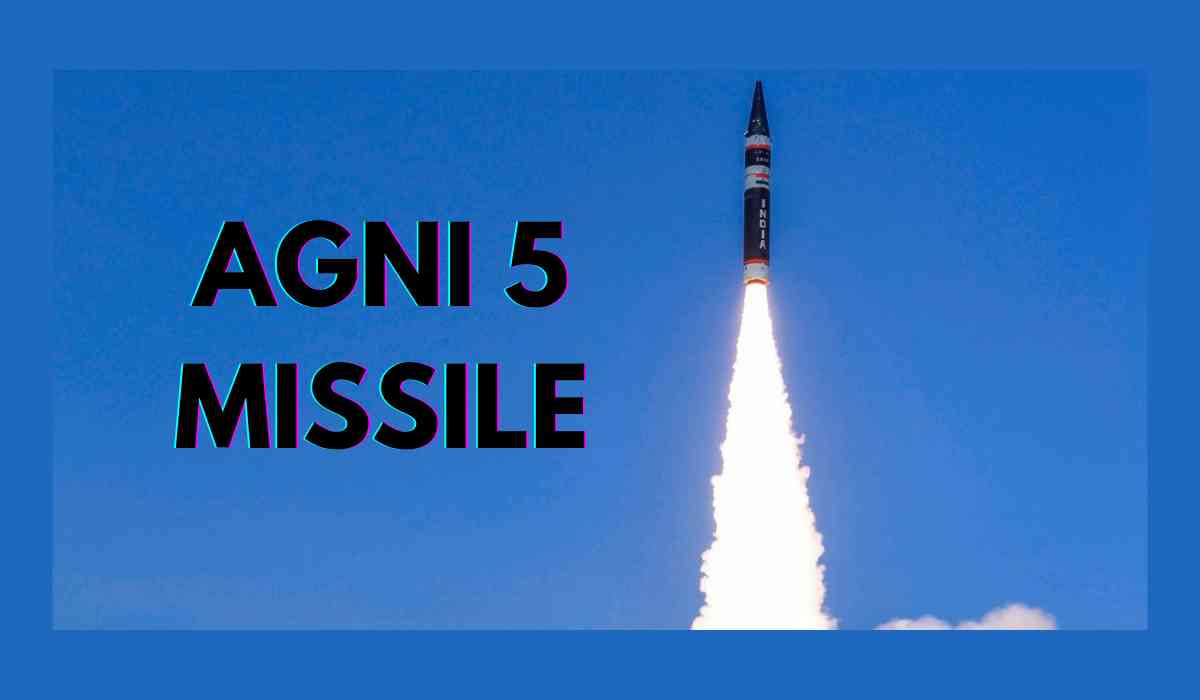-
MIRV technology enhances second-strike capability.
-
Nine countries possess nuclear weapons, Russia and US owning 90%.
-
Benefits include improved first-strike capability and increased target damage.
-
Agni-5 Missile Program developed by DRDO and Bharat Dynamics.
-
Features include weight, speed, precision, and potential for anti-satellite operations.
Indigenously developed Agni-5 missile with Multiple Independently Targetable Re-Entry Vehicle ( MIRV) technology successful tested as part of Mission Divyastra today https://t.co/6NVZgWoZ4z pic.twitter.com/zsotqZtLUq— DRDO (@DRDO_India) March 11, 2024
On March 11, 2024, Prime Minister Narendra Modi proudly declared the successful maiden flight test of India's domestically produced Agni-5 missile equipped with Multiple Independently Targetable Re-entry Vehicle (MIRV) technology. This technological advancement allows for a single missile to carry multiple warheads, each capable of targeting distinct objectives. MIRVs enable strategic flexibility by permitting these warheads to be assigned to various targets spread over significant distances or concentrated in a single location.
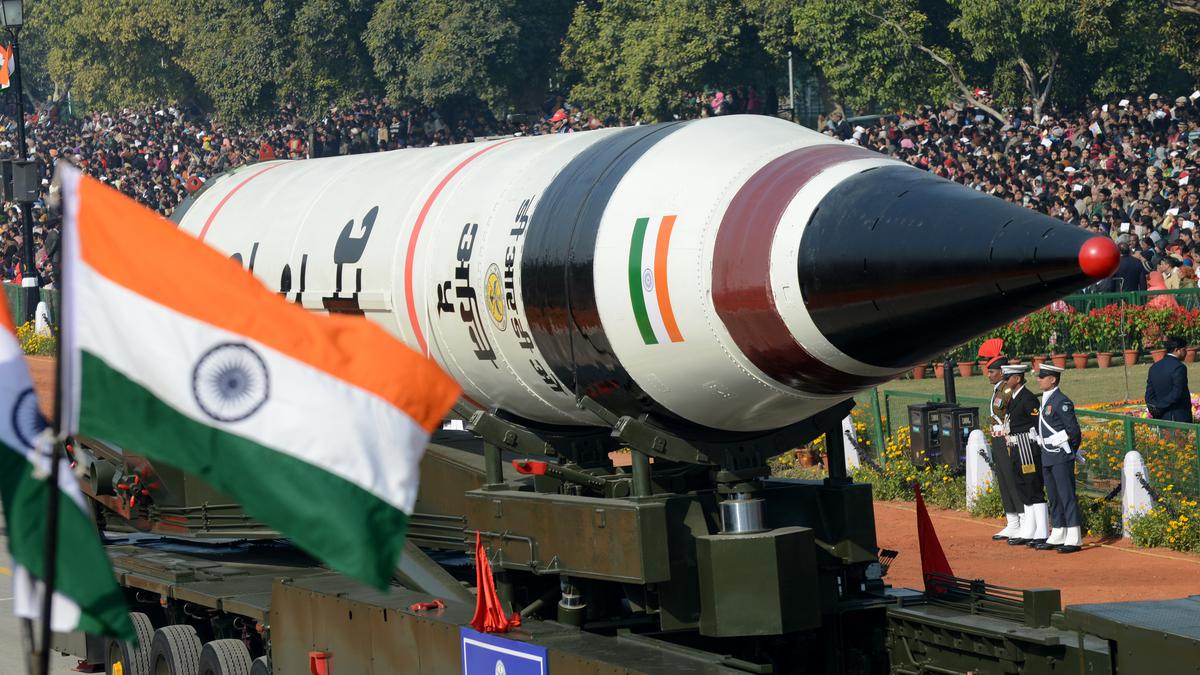
What is MIRV Technology?
MIRV technology involves the deployment of multiple warheads on a single ballistic missile, each with the capability to target different locations. Initially associated with intercontinental ballistic missiles armed with nuclear warheads, this concept has evolved to include variations such as Multiple Reentry Vehicle (MRV) missiles, which disperse multiple warheads without individual targeting. MIRVs enhance a nation's second-strike capability by ensuring redundancy in targeting, even with a limited number of missiles.
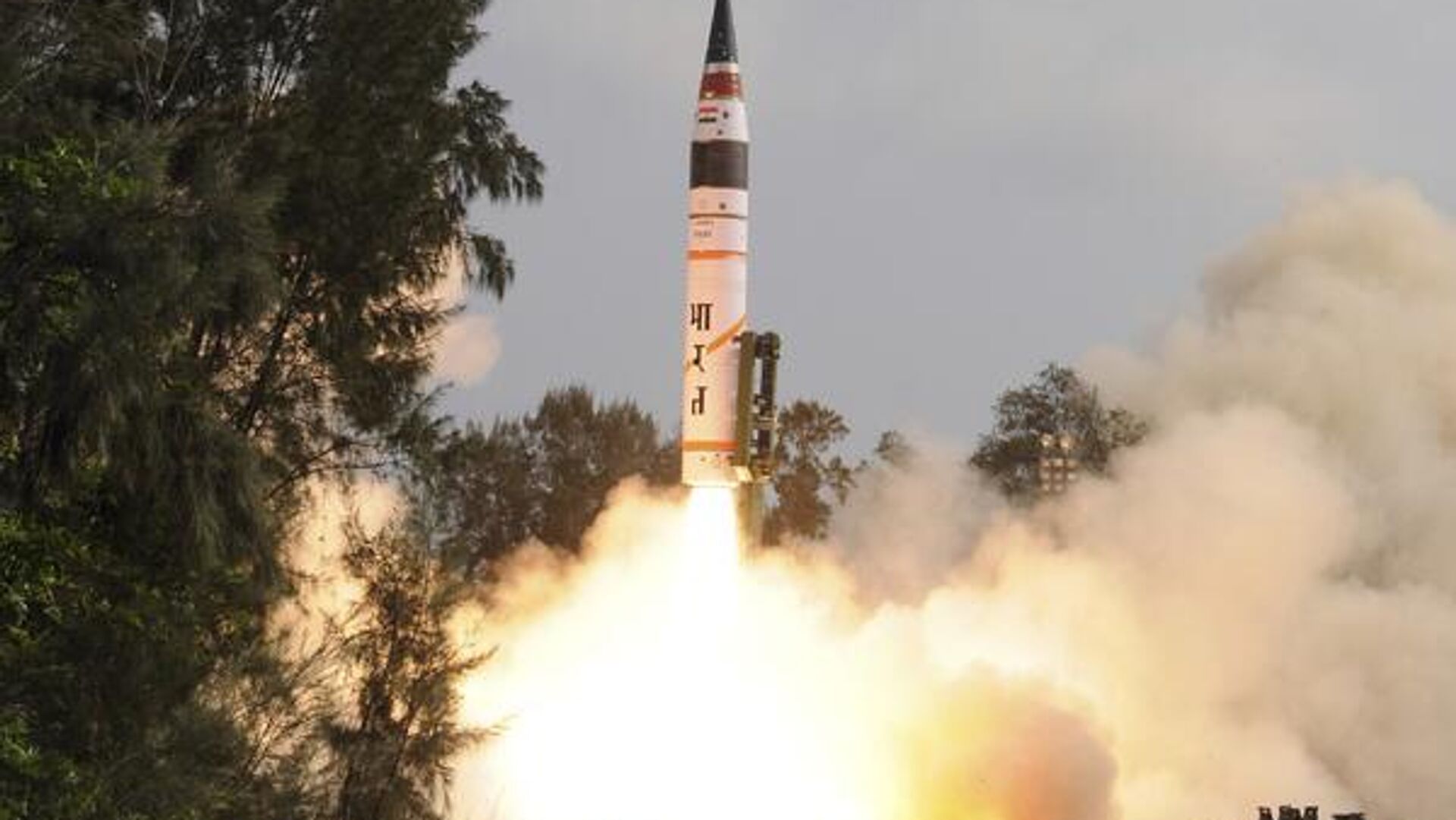
Who has MIRV?
-
Nine countries possess nuclear weapons: United States, Russia, France, China, United Kingdom, Pakistan, India, Israel, and North Korea.
-
Global nuclear stockpile nears 13,000 weapons, with Russia and US owning nearly 90%.
-
China holds 400 nuclear weapons and aims to reach 1,500 warheads by 2035 through technology upgrades.
-
The USA, UK, and France utilize MIRV technology on Submarine-Launched Ballistic Missiles (SLBMs).
-
China employs MIRV technology on Intercontinental Ballistic Missiles (ICBMs).
-
Russia possesses both MIRVed ICBMs and SLBMs.
-
Pakistan and India each maintain around 160 nuclear weapons.
-
Pakistan's Ababeel MIRV can carry up to 8×185 kg warheads, with a maximum range of 3,500 km targeting India.
-
India's Agni-5 enhances deterrence without engaging in an arms race with China.
-
Numerous Russian, US and Chinese missiles feature MIRV capability, with warheads numbering up to 14.
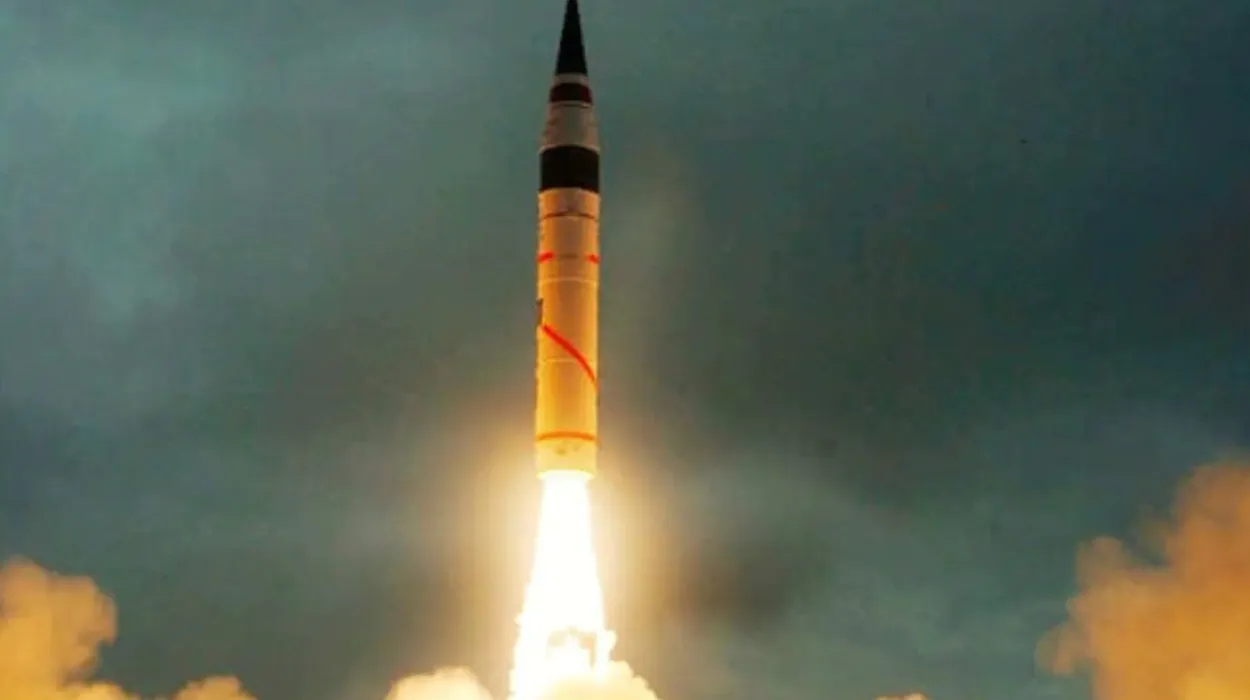
Benefits of MIRV
-
Improves first-strike capability and increases target damage with a single thermonuclear payload.
-
Functions as a cluster munition by delivering multiple warheads, reducing the need for numerous missiles and launch facilities.
-
Diminishes the effectiveness of anti-ballistic missile systems designed to intercept individual warheads.
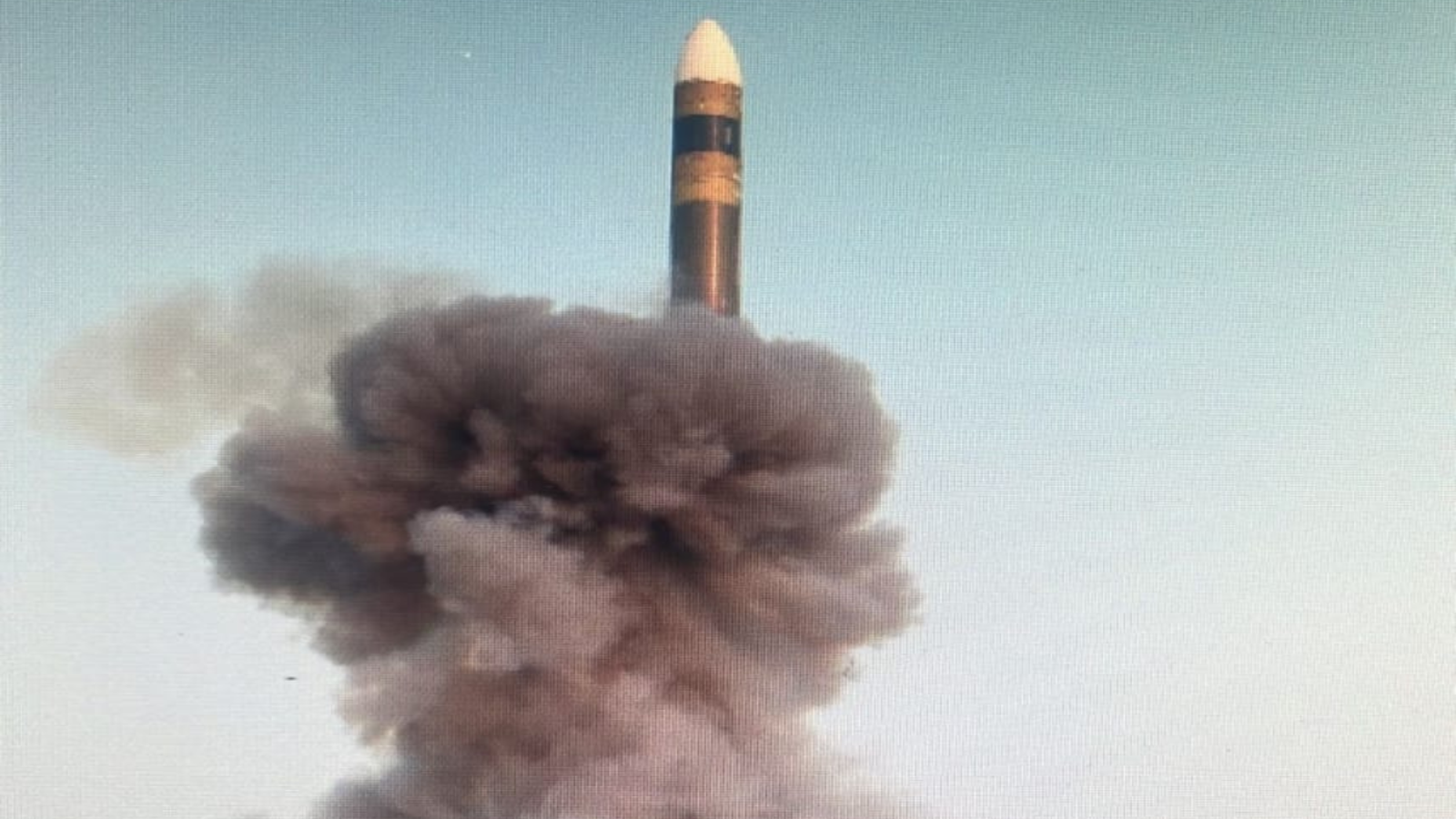
The Agni-5 Missile Program
Developed jointly by the Defence Research & Development Organisation (DRDO) and Bharat Dynamics, the Agni-5 missile symbolizes India's technological prowess in missile development. Testing of the Agni-5 began in April 2012 at the Integrated Test Range (ITR) on Abdul Kalam Island. Through a series of successful tests, including the seventh pre-induction trial in December 2018 and subsequent user trials, the Agni-5 demonstrated its operational readiness. Notably, on October 27, 2021, and December 15, 2022, successful launches further validated its capabilities. On March 11, 2024, the successful flight test of the Agni-5 missile with MIRV technology marked a significant milestone in India's defense capabilities.
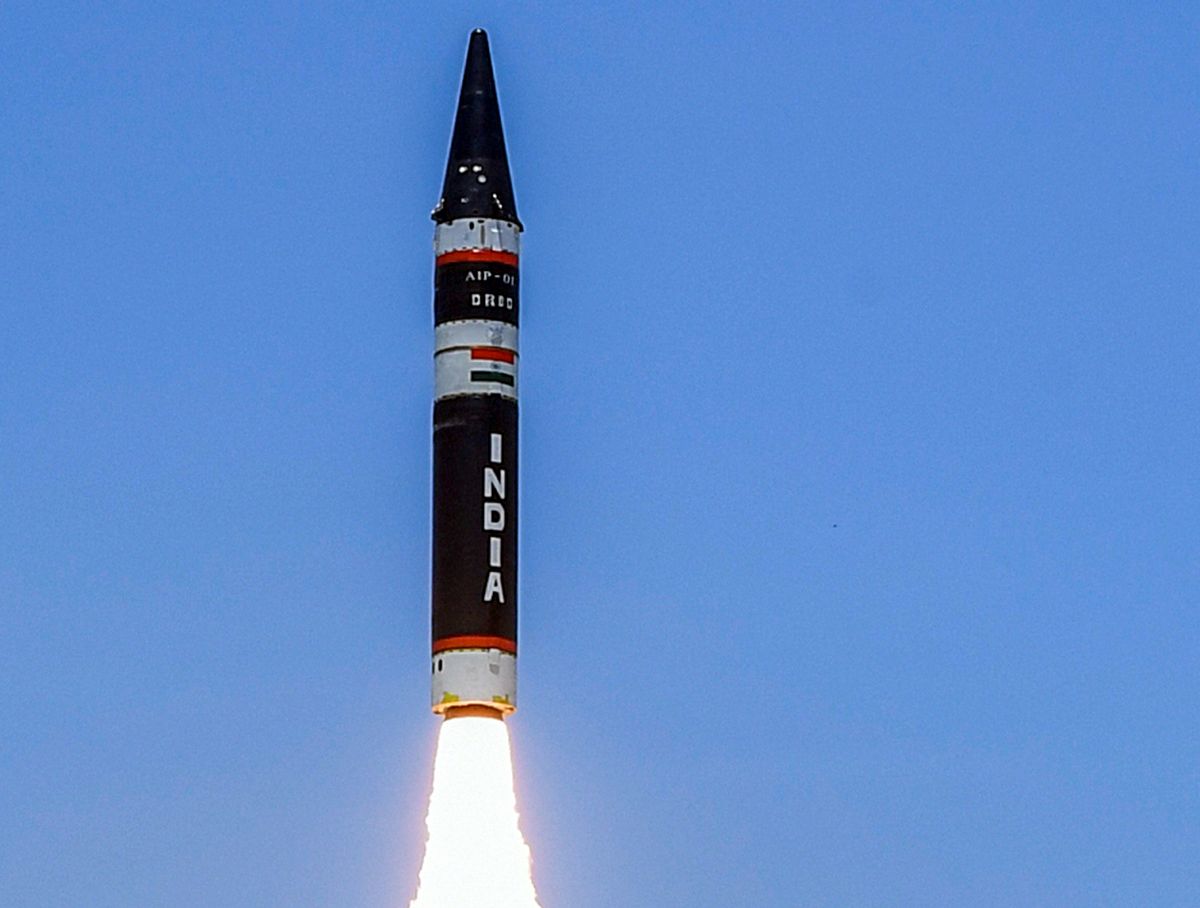
Key Features of Agni-5
Impressive Specifications:
-
Weighing approximately 50,000 kilograms and towering at a height of 1.75 meters with a diameter of two meters, the Agni-V exhibits formidable dimensions.
-
Armed with a 1,500-kilogram warhead, it operates on three-stage rocket boosters fueled by solid propellant, contributing to its remarkable capabilities.
Remarkable Speed and Precision:
-
The Agni-V achieves remarkable speeds, clocking at 24 times faster than the speed of sound, translating to a staggering 8.16 kilometers per second or 29,401 kilometers per hour.
-
Advanced navigation systems, such as the ring laser gyroscope inertial navigation system (NavIC) and satellite guidance, ensure precise targeting, bolstered by the missile's launch flexibility from mobile platforms.
Manufacturing and Cost:
-
Designed by DRDO and produced by Bharat Dynamics Limited (BDL), the Agni-5 incurs a unit cost of approximately Rs 50 crore ($6 million).
-
With a carrying capacity of 10-12 warheads totaling around 4,000 kilograms as part of its Multiple Independently Targetable Reentry Vehicle (MIRV) system, the missile demonstrates versatility in payload deployment.
Technological Advancements:
-
Powered by a three-stage solid propellant rocket, the Agni-5 inherits its first stage from Agni-III, with subsequent modifications to enhance operational range, spanning 7,000–8,000 kilometers.
-
Utilization of composite materials reduces the missile's weight, contributing to its increased range and terminal phase speed, nearing Mach 25 (30,600 km/h).
Navigation and Accuracy:
-
Employing a ring laser gyroscope inertial navigation system augmented by GPS/NavIC satellite guidance, the missile achieves accuracy with a circular error probability (CEP) below 10 meters.
-
Its land-based launcher, featuring rail or road mobility, enables swift deployment, with the canister design reducing reaction time to mere minutes from stop to launch.
Operational Integrity:
-
Despite soaring temperatures exceeding 4,000 degrees Celsius upon re-entry into the Earth's atmosphere, the Agni-5's indigenously developed heat shield maintains internal temperatures below 50 degrees Celsius, ensuring operational reliability and integrity.
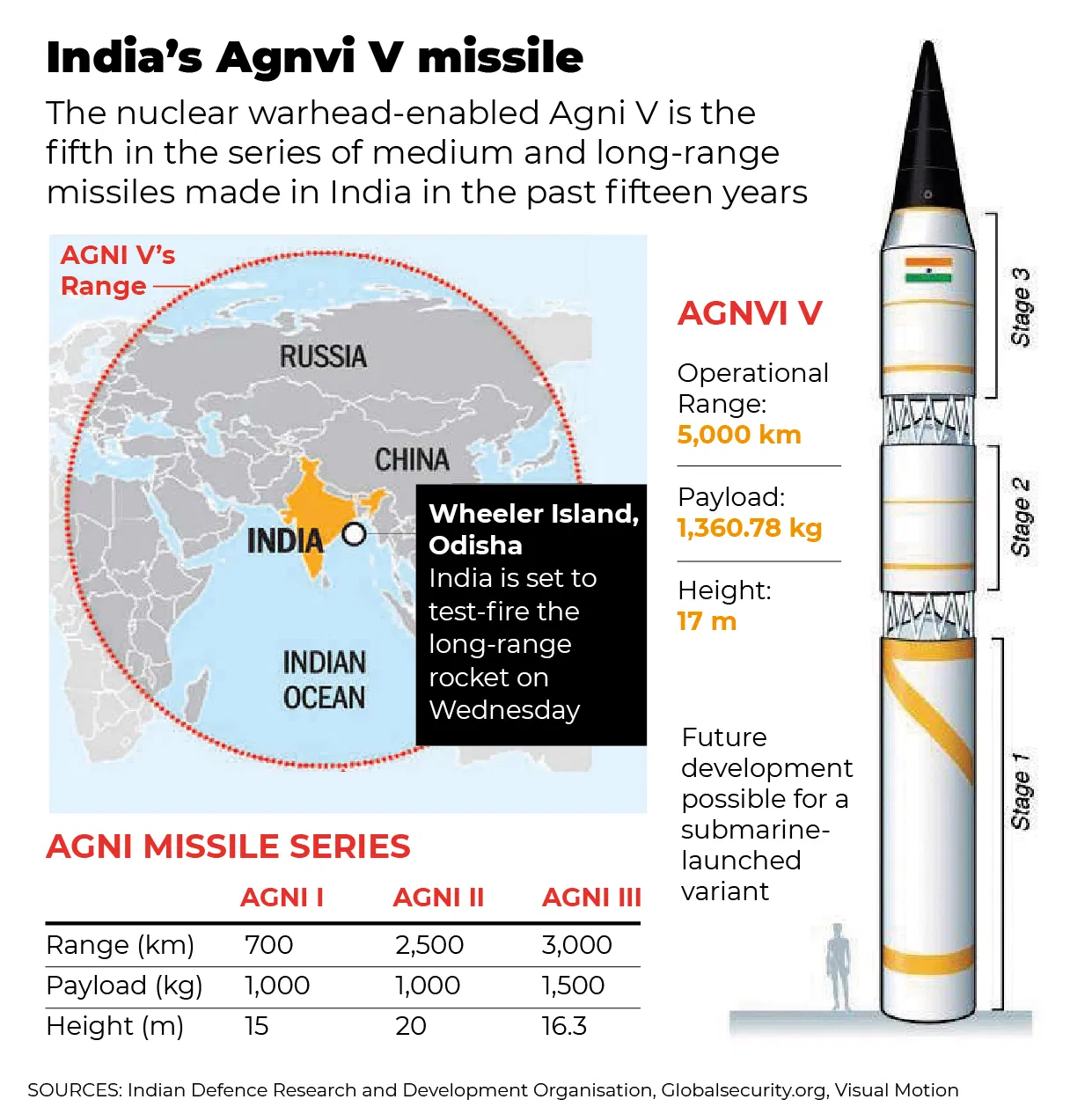
Potential for Anti-Satellite Operations
India's prowess in missile technology extends to anti-satellite capabilities demonstrated through the successful ASAT test on March 27, 2019, utilizing the Prithvi Defence Vehicle Mark-II as part of the Indian Ballistic Missile Defence (BMD) program. Dr. VK Saraswat, former head of DRDO, indicated the technical feasibility of an ASAT version of the Agni-5 missile, leveraging its boosting capability and advanced seekers to target satellites in low Earth orbit (LEO) at altitudes of approximately 800 kilometers.
Range and Strategic Significance
The Agni-5 missile significantly enhances India's strategic reach, with a range exceeding 5,000 kilometers, covering vast regions of Asia, Europe, and parts of Africa. With seven successful trials demonstrating its reliability, the Agni-5 garners attention globally, particularly from neighboring China.Its potential to cover distant points in China, even if launched from Central India, underscores its strategic significance.
As India continues to expand its missile capabilities, the Agni series, from Agni-I to Agni-IV, positions the nation among the elite group of countries possessing intercontinental ballistic missile capabilities, alongside the US, Russia, China, France, and Britain.
_1710269389.avif)
India's nuclear journey and way ahead
India, since its Pokaran-II tests in 1998, has maintained a responsible stance as a nuclear power. Demonstrating restraint during the Kargil conflict, India declared its nuclear doctrine in 2003, emphasizing credible minimum deterrence and a No First Use (NFU) policy. Civil control oversees India's nuclear arsenal, with the armed forces solely responsible for delivery.
A nuclear triad comprising ground-based missiles, aircraft, and submarines ensures a minimum credible deterrence. Agni missiles and Prithvi short-range ballistic missiles form the core of India's delivery program, soon to be complemented by the Nirbhay cruise missile. India's nuclear-capable aircraft and submarines establish a second-strike capability.
Despite speculation regarding tactical nuclear weapons, India maintains a stance of full-scale response, irrespective of yield. Constant evaluation of warhead numbers and technological advancements, including hypersonic weapons, is imperative.
Continuous improvement of command and control structures aligns with India's belief that nuclear weapons are for deterrence, not war-fighting. Agni-5 represents a stride towards enhanced deterrence capabilities.
Image source: Multiple agencies
© Copyright 2024. All Rights Reserved Powered by Vygr Media.

